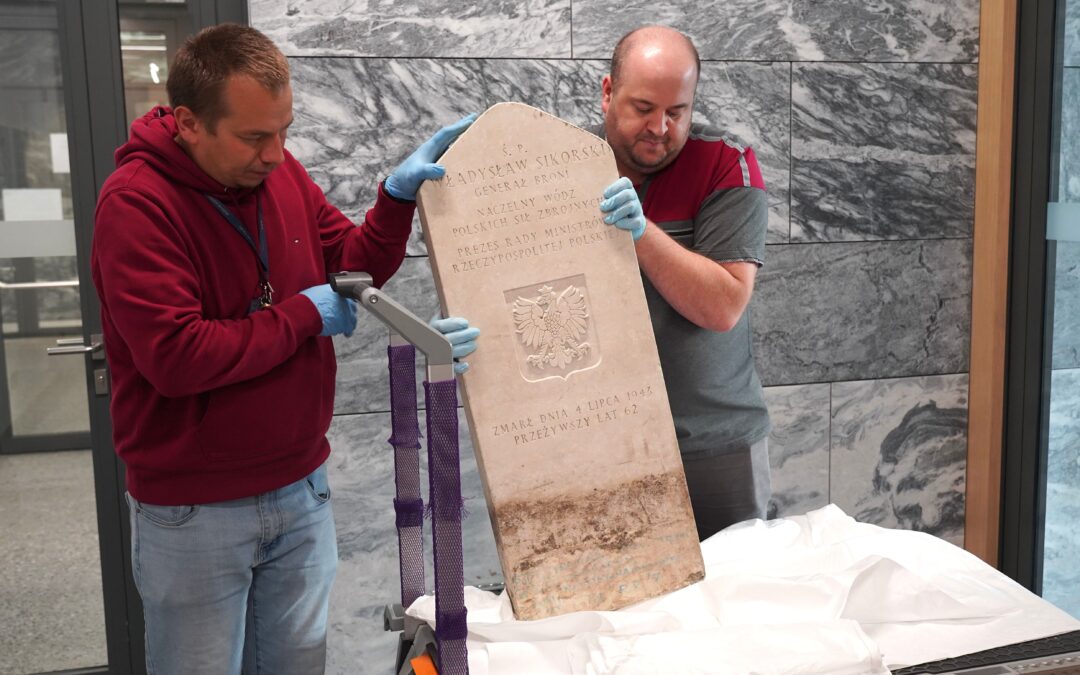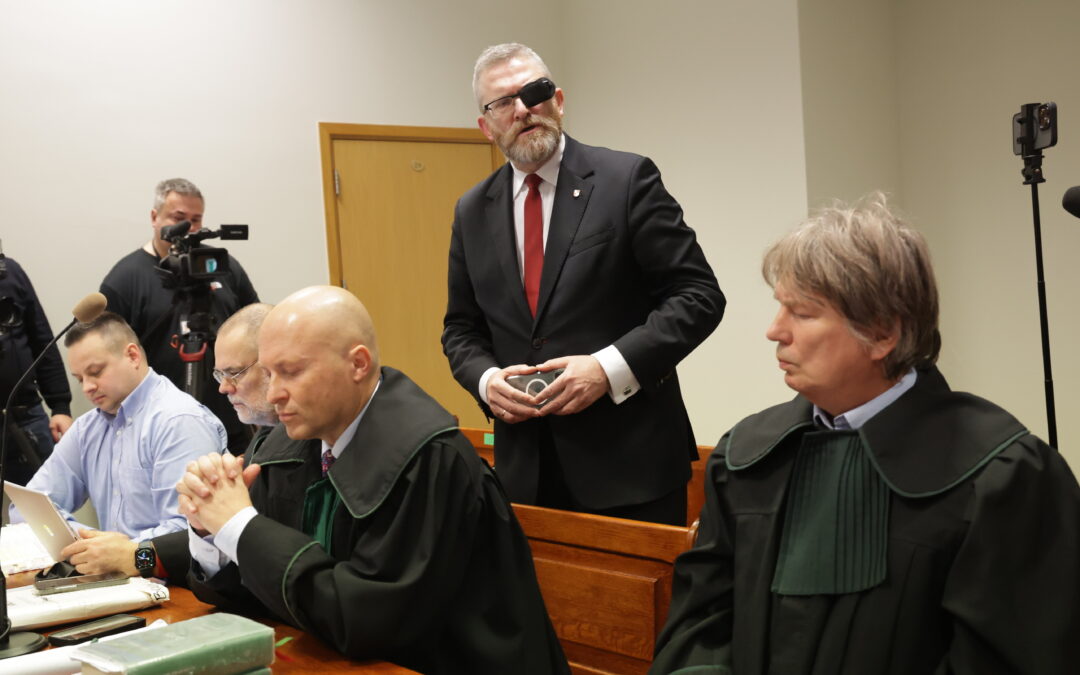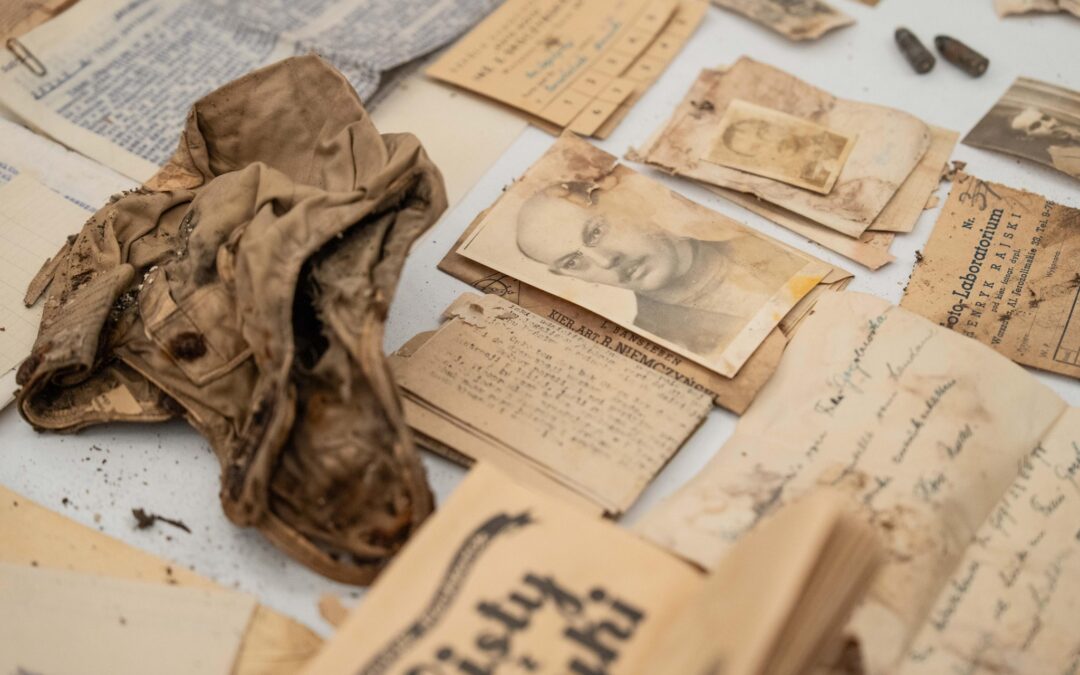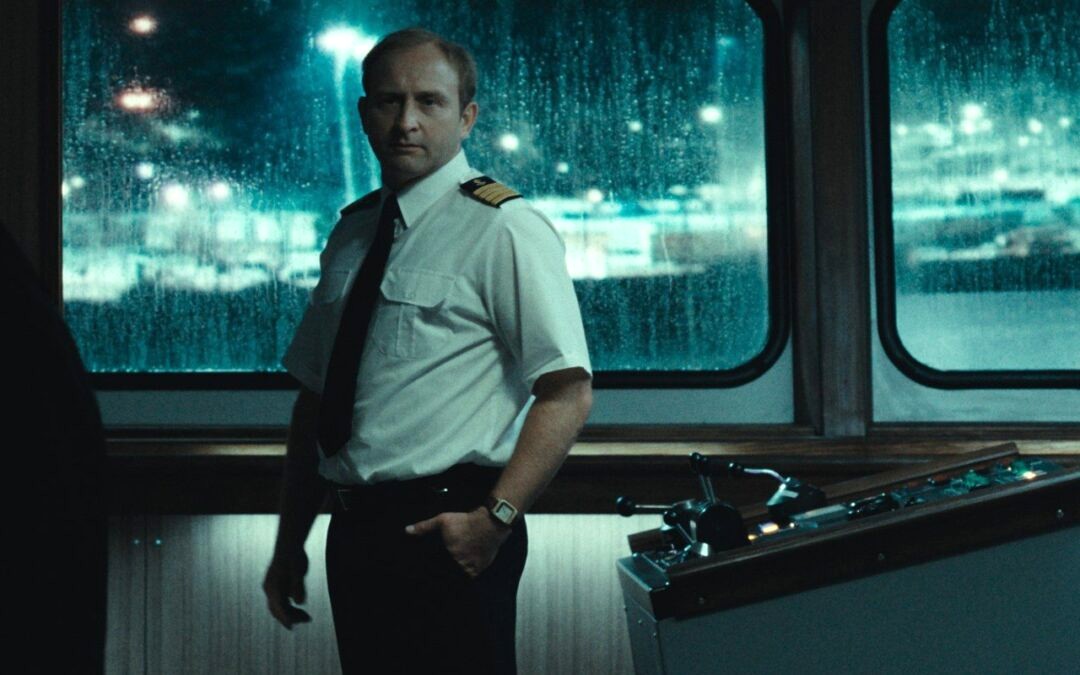Keep our news free from ads and paywalls by making a donation to support our work!

Notes from Poland is run by a small editorial team and is published by an independent, non-profit foundation that is funded through donations from our readers. We cannot do what we do without your support.
The tombstone of Władysław Sikorski, the general who led Poland’s government-in-exile during World War Two, has been transferred from the UK, where it had been located since his death in 1943, to the Polish History Museum (MHP) in Warsaw.
Sikorski’s remains were already moved from the UK to Poland in the 1990s, following the fall of communism, and lie in Kraków’s Wawel Castle.
Sikorski was among the Polish leaders to escape Poland as German forces occupied the country in 1939, setting up a government-in-exile first in Paris, then in Angers and, after the fall of France, finally in London.
He became the government-in-exile’s prime minister as well as the commander-in-chief of the Polish armed forces, but died in 1943 in a plane crash in the British territory of Gibraltar while returning from inspecting Polish forces in the Middle East.
Sikorski’s remains were brought from Gibraltar to the UK, where he was buried at a Polish war cemetery in Newark. In 1993, after the fall of communism in Poland, his remains were exhumed and transferred back to his homeland, where they were interred in the royal crypts at Wawel Castle.
However, the tombstone from his grave remained in Newark, where it was stored in the town’s historical collections. Newark city council decided to donate the gravestone to the Polish consulate in Manchester, which has now passed it on to MHP, where it arrived last week.
“This is a special day for the Polish diplomatic service,” Ireneusz Truszkowski, Poland’s consul general in Manchester. “We can preserve one of the few remaining mementoes of General Władysław Sikorski. The slab from his gravestone in Newark is…a symbol of memory and the shared fate of Polish soldiers.”
MHP deputy director Krzysztof Niewiadomski says that adding the item to its collections is in keeping with the museum’s mission to “collect and share objects to preserve heritage and shape memory – so that key figures and events in our history gain new meaning in the eyes of future generations”.
A statue of Poland's wartime leader-in-exile Władysław Sikorski has been unveiled in the UK to mark the 80th anniversary of his 1943 death in a plane crash that remains unexplained https://t.co/NYP6aYGXhW
— Notes from Poland 🇵🇱 (@notesfrompoland) July 4, 2023
In 2023, a bronze statue of Sikorski was installed at the Polish war cemetery in Newark, commissioned by the local authorities to mark the 80th anniversary of his death. The previous year, the remains of three other Polish leaders-in-exile were also repatriated from Newark to Warsaw.
Although a British investigation found the crash that killed Sikorski to have been an accident, its findings were not accepted by the Polish government and the causes of the incident have never been fully explained.
That has prompted various conspiracy theories suggesting that the Soviets, British or even Sikorski’s Polish rivals may have been behind the crash. But no conclusive evidence has been found to show that it was not an accident.
The remains of Poland’s first three presidents-in-exile, who served from 1939 to 1979, are to be moved from the UK to a pantheon honouring great Poles in Warsaw.
They "preserved the idea of an independent, sovereign, free state", says @ipngovpl https://t.co/Wq4Ny8AsW7
— Notes from Poland 🇵🇱 (@notesfrompoland) September 28, 2022

Notes from Poland is run by a small editorial team and published by an independent, non-profit foundation that is funded through donations from our readers. We cannot do what we do without your support.
Main image credit: Museum of Polish History (press materials)

Daniel Tilles is editor-in-chief of Notes from Poland. He has written on Polish affairs for a wide range of publications, including Foreign Policy, POLITICO Europe, EUobserver and Dziennik Gazeta Prawna.



















